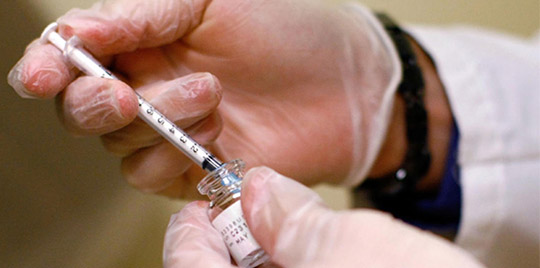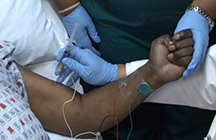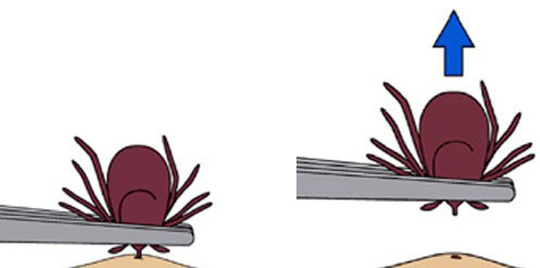6 Unexpected Medical Uses for Botox
May 23, 2016By: Mari Rydings
Categories: High Tech, Live Healthy, Neurosciences, Your Wellness

Botox, perhaps best known for its wrinkle-reducing powers, is helping the healthcare industry. One of its most interesting uses involves stroke survivors.
After a stroke, muscle spasms in the arm or leg muscles are one of the most challenging obstacles a survivor faces. Spasms can be painful. They often restrict coordination and limit muscle movement, making daily activities such as dressing, bathing and eating extremely difficult.
Spasms in the arms or legs can cause:
• An arm pressed against the chest
• Bent elbow
• Pointed or curled toes
• Stiffness in the arms, fingers, legs or knee
• A tight fist
Spasms typically happen on the same side of the body affected by the stroke. They can take several months to develop. Often, they begin long after the patient has left the hospital and completed rehabilitation.
How it Works
 Injecting Botox into a spastic muscle can weaken it, causing it to partially relax. The result is an improved range of motion and pain relief. Botox injections are FDA-approved for treating arm and leg spasticity.
Injecting Botox into a spastic muscle can weaken it, causing it to partially relax. The result is an improved range of motion and pain relief. Botox injections are FDA-approved for treating arm and leg spasticity.
“The injections are given every twelve weeks on average,” said Steven C. Kosa, MD, a neurologist with Meritas Health Neurology. He has been using Botox injections to manage post-stroke spasticity for more than five years.
When the constricted muscles relax, caregivers can clean and care for the affected area. “Improved function and patient comfort are the main goals of the treatment,” Dr. Kosa noted.
Plan of Care
Using Botox to treat stroke-related muscle spasms is an ongoing process. The length of treatment depends on the patient’s response and the severity of the spasms. “Some patients need injections every three months while others receive injections once or twice per year. Patients can also improve so much that they no longer need the injections and can continue with physical therapy alone,” Dr. Kosa said.
For the best results, Dr. Kosa recommends combining Botox injections with a physical therapy program. He refers patients to North Kansas City Hospital’s physical therapy department.
Five Other Uses
Botox injections also are useful in treating:
• Chronic migraines
• Spinal cord injury associated spasticity
• Cerebral palsy associated spasticity
• Multiple sclerosis associated spasticity
• Cervical dystonia or torticollis
If you or a loved one suffers from stroke-related muscle spasms, talk with your doctor about Botox injections as a treatment option.
For more information, including details on how the procedure works, read Botox Revolutionizes Migraine Treatment.



